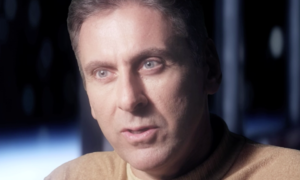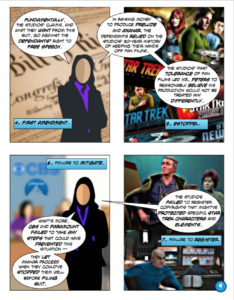 Yesterday I began taking you on a journey through 250 years of fair use in copyright law. My information came primarily from this excellent 70-page article by University of South Carolina School of Law Professor Ned Snow: “Judges Playing Jury: Constitutional Conflicts in Deciding Fair Use on Summary Judgment.”
Yesterday I began taking you on a journey through 250 years of fair use in copyright law. My information came primarily from this excellent 70-page article by University of South Carolina School of Law Professor Ned Snow: “Judges Playing Jury: Constitutional Conflicts in Deciding Fair Use on Summary Judgment.”
For more than two centuries, the determination of fair use in copyright infringement trials was left to juries to decide. After all, the Seventh Amendment of the U.S. Constitution guarantees citizens the right to a jury trial in civil cases (like copyright infringement). But sometime between the 1970s and 1990s, fair use suddenly and inexplicably switched to being a matter of law determined by judges before trial at summary judgment.
This just happened last Wednesday to Alec Peters in the AXANAR infringement lawsuit, as I explained in this recent blog entry. Judge R. Gary Klausner ruled that, in his opinion, fair use was invalid in this particular case and could not be used as a defense during trial (taking away the primary path to victory for Alec Peters in this lawsuit). Although Judge Klausner also provided his personal opinion that Axanar was substantially similar to Star Trek, in that matter, at least, he chose to let the jury decide the ultimate question of whether there is substantial similarity. But on fair use, his opinion also became a court order and took that decision entirely out of the hands of the jury.
Two days ago, I told you that this ruling by Judge Klausner gave Team Axanar valid grounds to request an appellate review of the case to the Ninth Circuit Court of Appeals. But as I said, judges invalidating fair use before trial is now a commonly accepted practice in federal courts throughout America, and has been for three decades. There’s a fairly decent chance that Alec Peters’ appeal will be denied at the federal level. And that leaves only one more stop on the train…
The Supreme Court of the United States.
Continue reading “Could the AXANAR LAWSUIT go all the way to the SUPREME COURT? (Part 2)”








